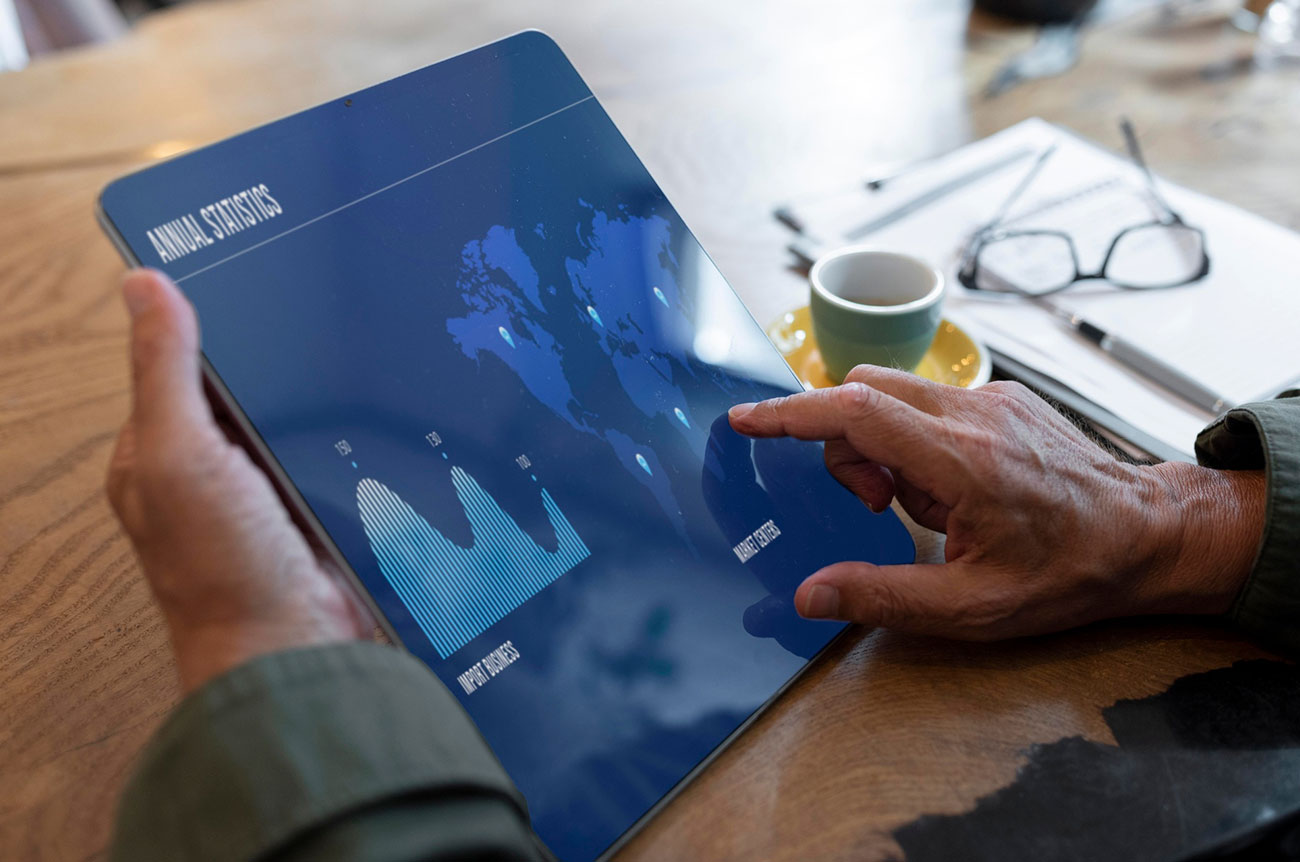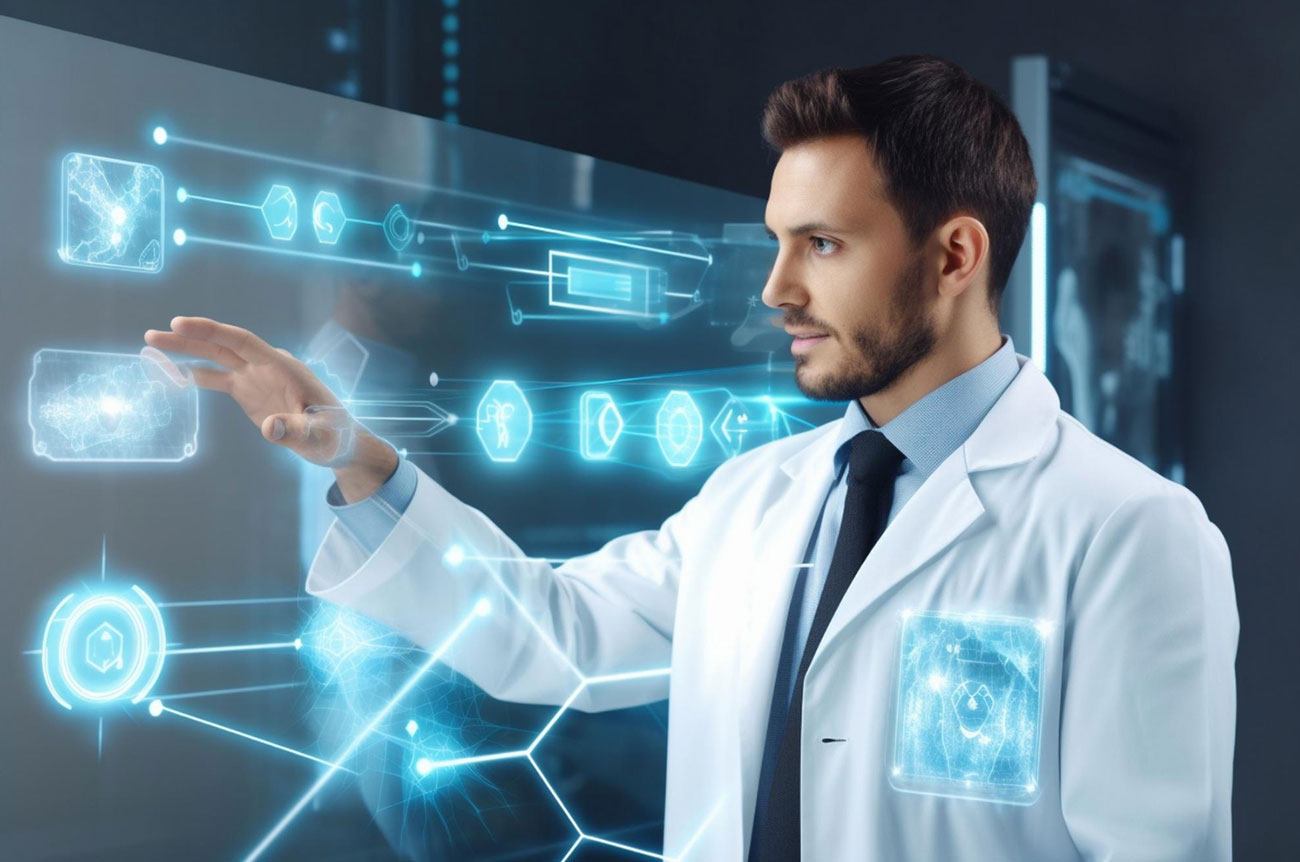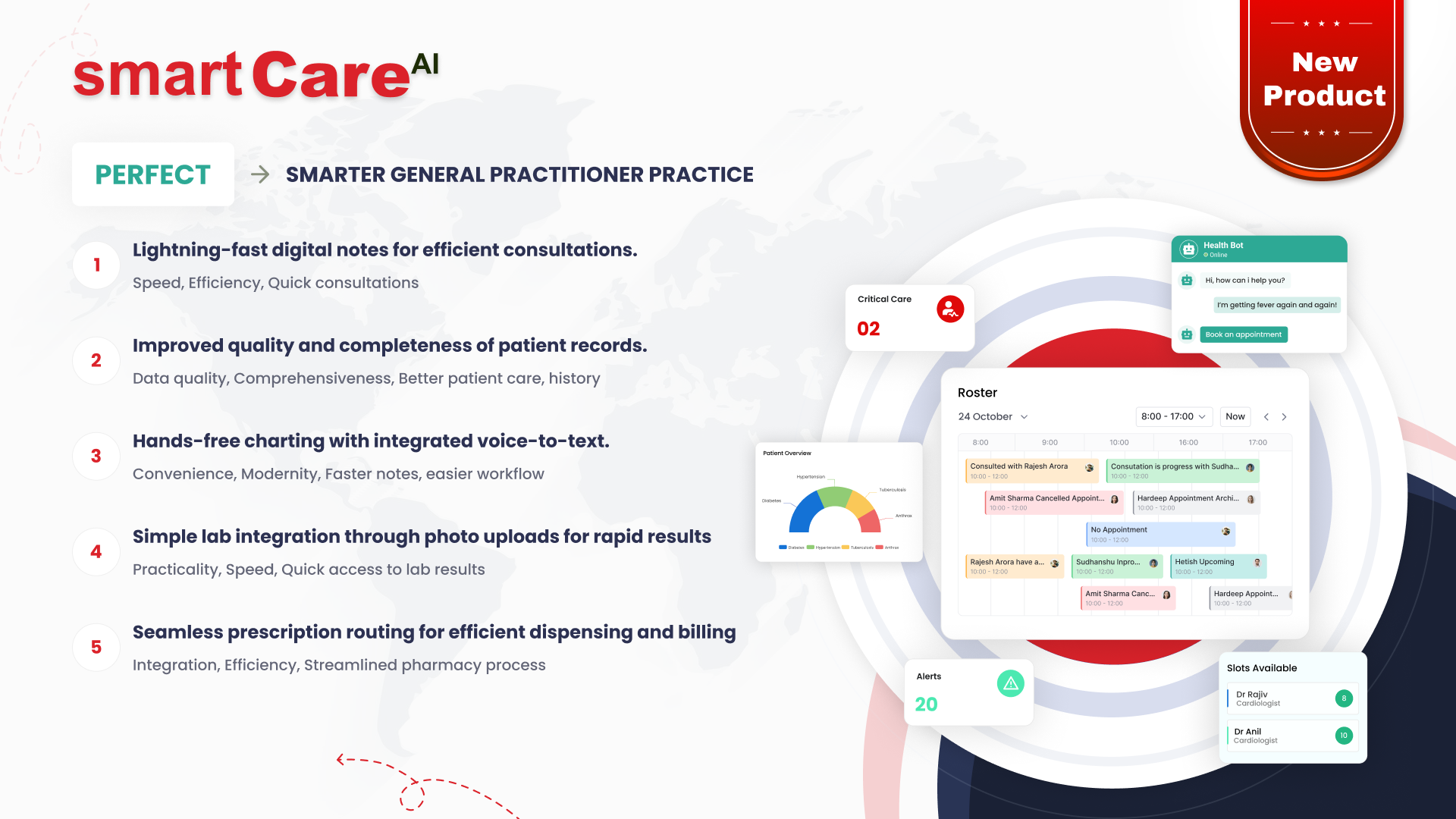
Posted On October 16, 2024
How IoT in Healthcare is Transforming Patient Monitoring Systems
Introduction to IoT in Healthcare
The Internet of Things (IoT) is making waves in various industries, and healthcare is no exception. IoT refers to the network of interconnected devices that communicate with each other to collect and exchange data. In healthcare, this technology is particularly transformative, improving patient care and operational efficiency.
What is Patient Monitoring in Modern Healthcare?
Patient monitoring involves continuously observing a patient’s health metrics, such as heart rate, blood pressure, and glucose levels. Traditionally, this was done through manual checks at intervals, but modern monitoring systems use IoT devices to provide real-time updates. This allows healthcare providers to track patients’ conditions more accurately and promptly.
Key Technologies Driving IoT in Healthcare
Several technologies are pivotal in advancing IoT in healthcare. Sensors embedded in wearable devices collect vital signs, while connected devices relay this data to healthcare providers. Cloud computing stores and processes large volumes of health data, while advanced analytics provide insights into patient health trends and predict potential issues.
Real-Time Data Collection and Analysis
One of the major advantages of IoT in patient monitoring is the ability to collect and analyze data in real-time. This continuous flow of information means that healthcare professionals can quickly respond to changes in a patient’s condition, improving the chances of timely intervention and better health outcomes.
Enhanced Patient Care Through IoT Devices
IoT devices, such as smartwatches and health trackers, enable more personalized and efficient care. These devices can monitor various health parameters and send alerts to both patients and healthcare providers if any abnormalities are detected. This proactive approach helps in managing chronic conditions more effectively and improves overall patient satisfaction.

Integration of Wearable Technology in Monitoring Systems
Wearable technology has become a cornerstone of IoT in healthcare. Devices such as smartwatches, fitness trackers, and biosensors continuously collect vital signs like heart rate, blood pressure, and glucose levels. These wearables seamlessly integrate with monitoring systems, allowing healthcare providers to receive real-time data. This integration not only enhances patient engagement but also ensures that critical health metrics are tracked around the clock.
How IoT Improves Remote Patient Monitoring
IoT significantly enhances remote patient monitoring by providing continuous access to patient data from any location. This means that healthcare professionals can monitor patients’ conditions without needing them to visit the clinic regularly. For patients with chronic illnesses or those recovering from surgery, this constant oversight can be crucial. It allows for timely interventions and adjustments to treatment plans, improving overall health outcomes and reducing hospital visits.
Benefits of Continuous Monitoring for Chronic Conditions
Continuous monitoring through IoT devices offers numerous benefits for managing chronic conditions. Patients with diabetes, for example, can use glucose monitors that transmit data to their healthcare providers. This real-time monitoring helps in making prompt adjustments to insulin doses and lifestyle recommendations. Similarly, patients with heart conditions benefit from constant monitoring of their heart rate and rhythm, leading to early detection of irregularities and preventing severe complications.
Challenges and Solutions in IoT-Enabled Patient Monitoring
Despite its advantages, IoT-enabled patient monitoring faces several challenges. Data privacy and security are major concerns, as sensitive health information is transmitted over networks. Ensuring robust encryption and compliance with regulations like GDPR can address these issues. Another challenge is the integration of various devices and platforms. Standardizing data formats and creating interoperable systems can help streamline data management and improve the efficiency of patient care.
Case Studies: Successful IoT Implementations in Healthcare
Several case studies illustrate the successful implementation of IoT in healthcare. For instance, a hospital in the UK integrated IoT-enabled wearable devices for monitoring patients with respiratory conditions. The data collected helped in adjusting treatments more effectively and reduced hospital readmissions. Similarly, a project in India used IoT sensors to monitor patients in rural areas, providing remote consultations and improving access to care.
Conclusion: The Impact of IoT on Patient Outcomes
The integration of IoT into healthcare is revolutionizing patient monitoring systems by enhancing real-time data collection, improving patient care, and driving more accurate health insights. As IoT technology continues to evolve, it holds the promise of further advancements in patient care and health management. The future of healthcare looks promising with IoT at its core, offering more responsive and personalized care for patients.
This blog post aims to provide valuable insights into how IoT is transforming patient monitoring systems, making healthcare more efficient and effective
